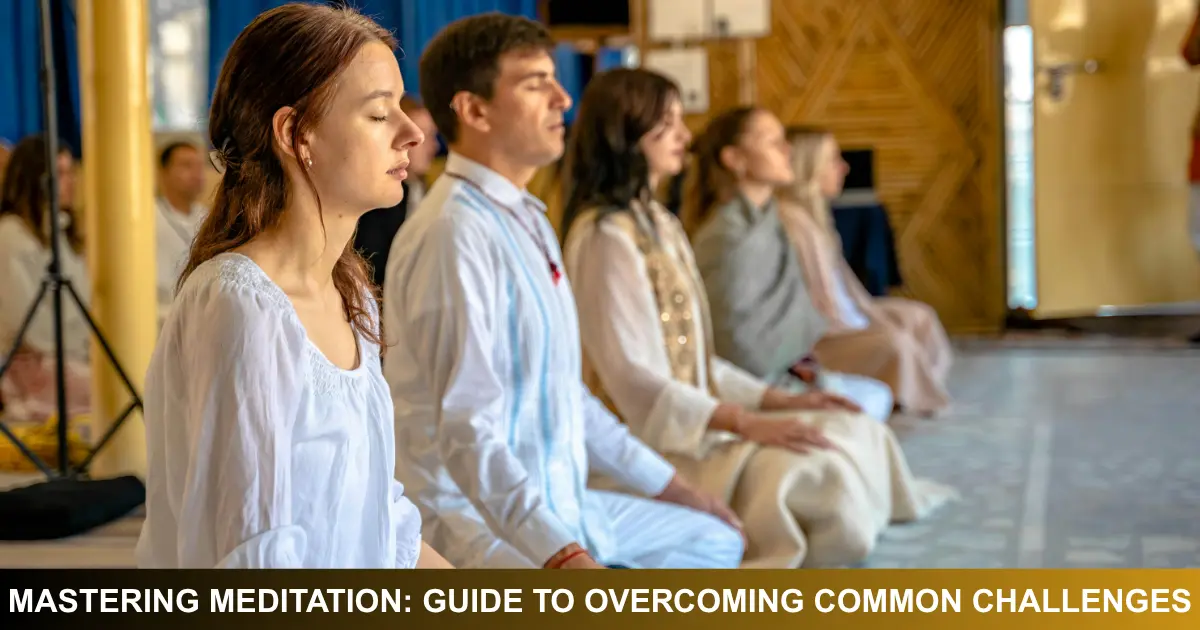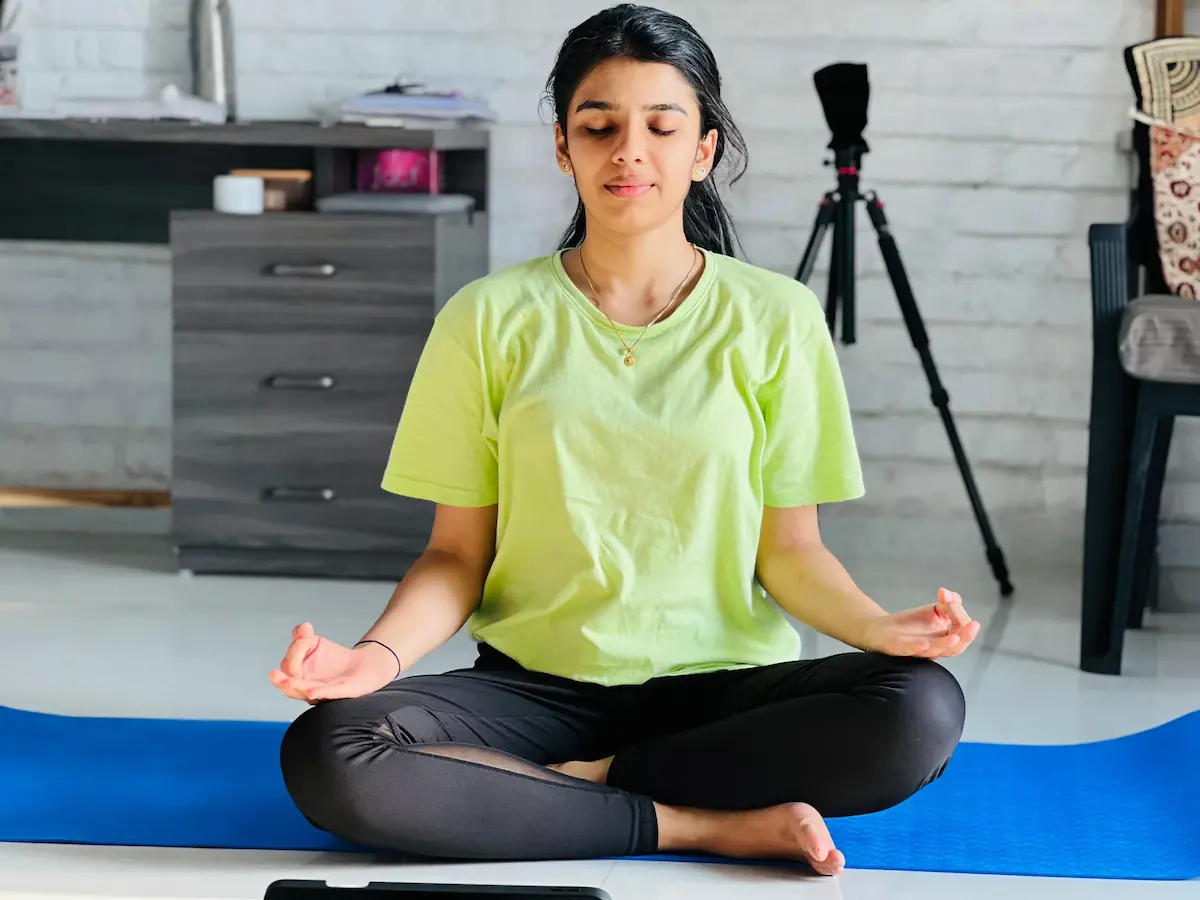Meditation is a transformative practice that fosters calmness, focus, and mental clarity, yet many beginners encounter hurdles that can undermine consistency and progress. By understanding these obstacles and applying targeted strategies, you can develop a sustainable meditation routine and fully enjoy its benefits.
1. Stay Alert to Avoid Sleepiness

Falling asleep during meditation especially early morning or late evening is common, as deep relaxation can trigger drowsiness.
- Meditate in a well-lit space to signal wakefulness.
- Keep your eyes partially open or softly gaze at an anchor point, such as a candle flame or a spot on the wall.
- Sit upright with a straight spine; use a firm cushion or chair to maintain posture.
- Incorporate gentle stretching or a few yoga poses beforehand to energize your body.
2. Manage Physical Discomfort
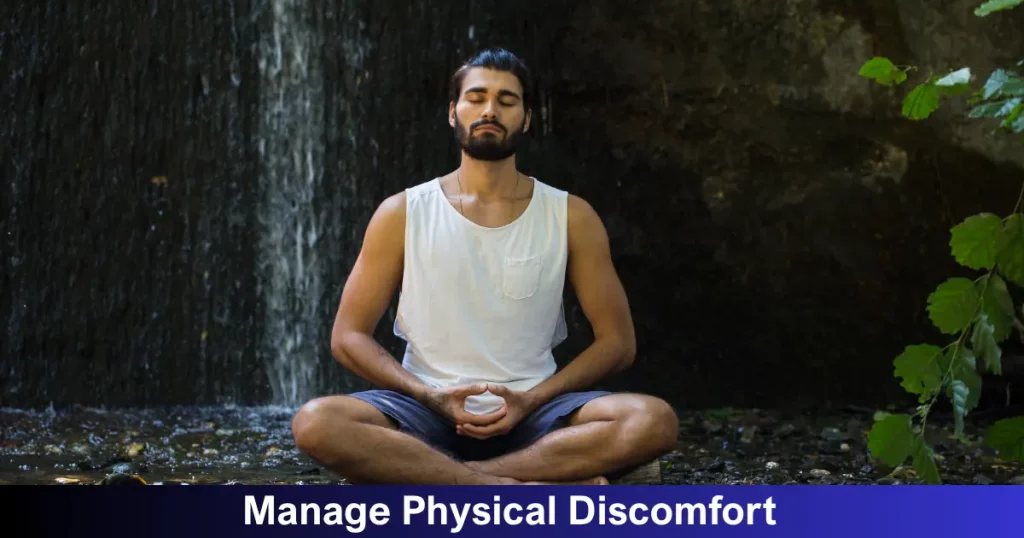
Prolonged stillness can lead to back pain, stiff hips, or sore shoulders. Comfort is essential for sustained focus.
- Use props bolsters, pillows, or yoga blocks to support your pelvis and lower back.
- Sit on a chair with feet flat on the floor if floor-sitting feels painful.
- If needed, lie down with knees bent and support under your head, ensuring you stay awake.
- Begin with 5–10 minute sessions, gradually extending duration as your body adapts.
3. Navigate a Busy Mind
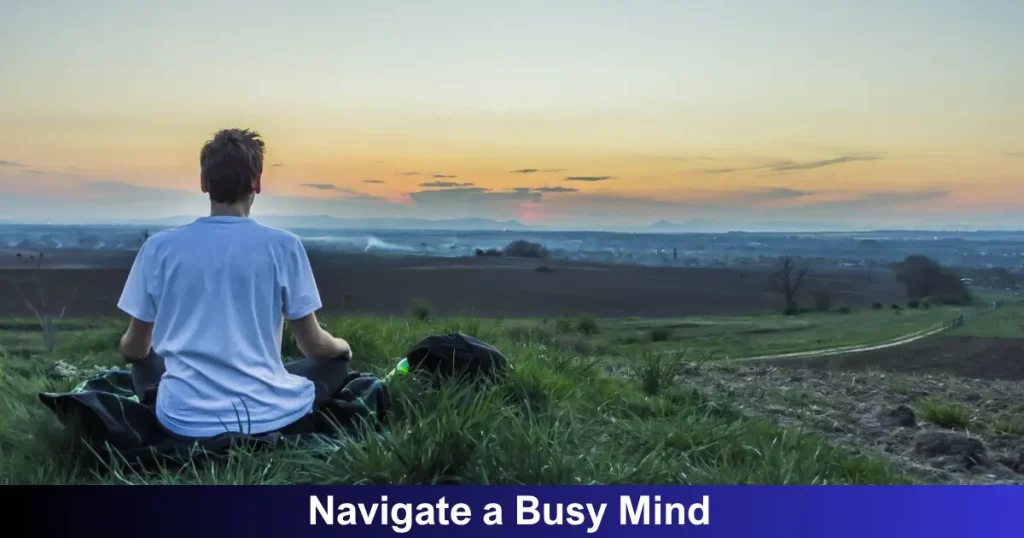
A wandering mind is natural; meditation teaches you to observe thoughts without judgment.
- Select one focal point: your breath, ambient sounds, or bodily sensations.
- Each time you notice distraction, gently guide attention back to your anchor.
- Acknowledge intrusive thoughts (“planning,” “remembering”) and let them drift away like clouds.
- Practice patience over time, you’ll build mental resilience and sharper concentration.
4. Cultivate Consistency with Flexibility
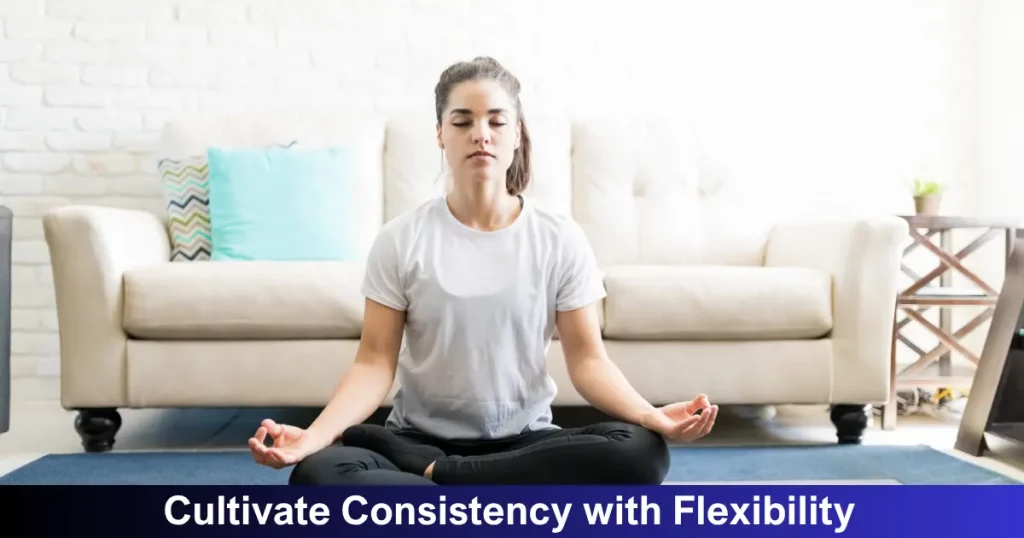
Regular practice is vital, but inflexible routines can lead to guilt if interrupted.
- Set achievable goals: start with 5 minutes daily, then progress to 20–30 minutes.
- Schedule meditation at a consistent time morning, lunch break, or before bed while allowing occasional adjustments.
- If life disrupts your plan, fit in mini-sessions (2–3 minutes) to maintain momentum.
- View every session focused or scattered as valuable practice toward habitual mindfulness.
5. Embrace Imperfection

Perfectionism breeds frustration. Meditation is a journey of gentle self-discovery, not a performance.
- Release the goal of a completely blank mind. Any moment of awareness counts as success.
- Celebrate small wins: noticing tension, returning focus, or simply sitting quietly.
- Approach each session with curiosity and self-compassion.
- Recognize that challenges are part of the learning curve; persistence yields progress.
- Why Your Mind Wanders During Meditation
- Beginner Yoga Poses for Stress Relief
- Yoga vs Gym: Which is Better for Mental Health?
Frequently Asked Questions
1. How long should a beginner meditate each day?
Start with 5–10 minutes daily. As you grow comfortable, gradually extend to 20–30 minutes to deepen your practice without strain.
2. Is it okay to meditate lying down?
Yes lying down can relieve discomfort, but maintain awareness to prevent dozing off. Bend your knees or place supports under your head for alignment.
3. What if I can’t stop my thoughts?
Thoughts are inevitable. Instead of fighting them, observe and label them (“thinking,” “planning”) and then redirect focus to your breath or chosen anchor.
4. How can I stay motivated to meditate regularly?
Set realistic goals, track progress in a journal, and join a meditation group or app community for accountability and shared encouragement.
5. Do I need a special environment or equipment?
No. A quiet corner with good lighting and a comfortable seat are enough. Props like cushions enhance comfort but aren’t mandatory.
6. What’s the best time to meditate?
Choose a time that fits your routine many prefer mornings for clarity, while others find evenings helpful for unwinding. Consistency matters more than timing.
